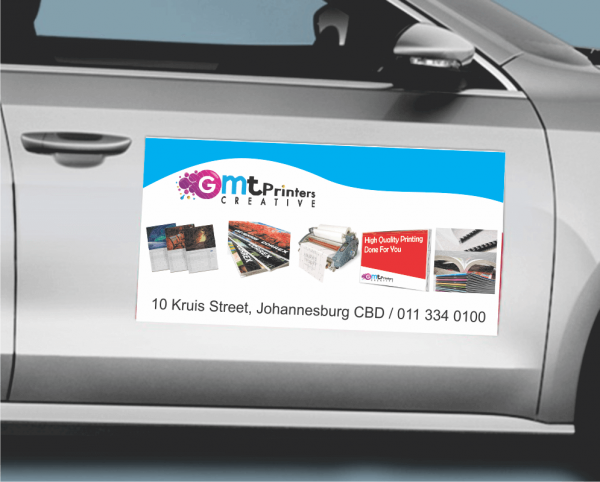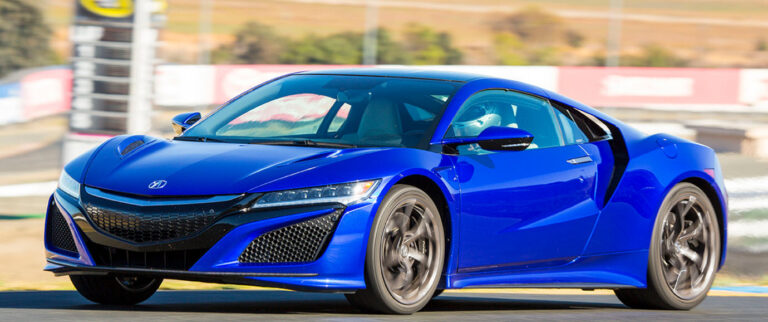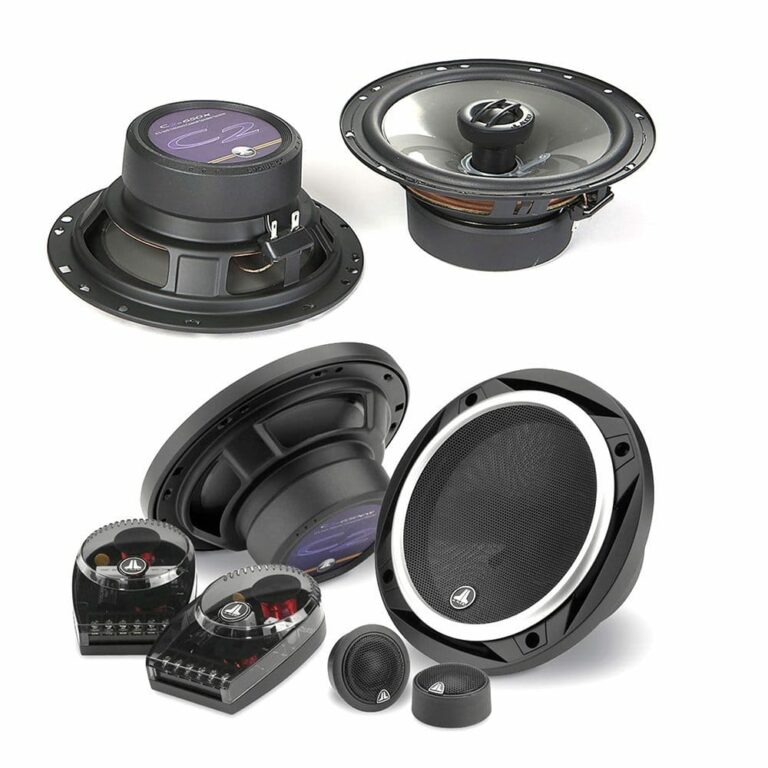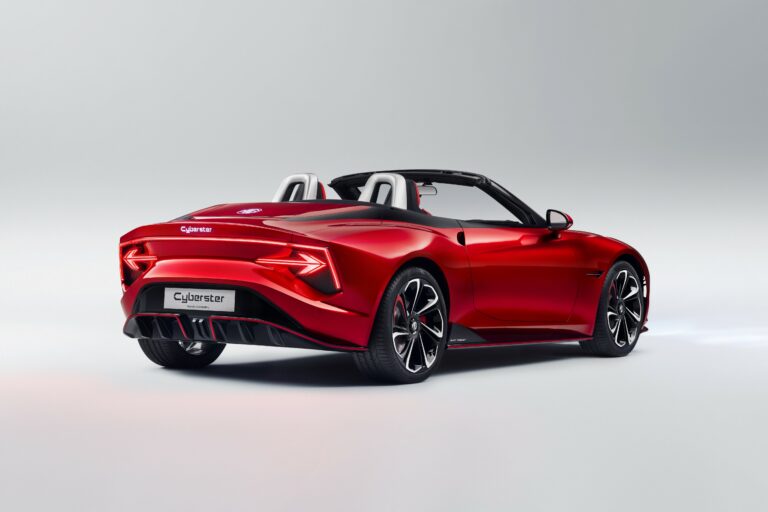French Luxury Car Brands: A Deep Dive into Elegance, Innovation, and Distinctiveness
French Luxury Car Brands: A Deep Dive into Elegance, Innovation, and Distinctiveness cars.truckstrend.com
France, a nation synonymous with haute couture, gourmet cuisine, and fine art, extends its legacy of exquisite craftsmanship and avant-garde design into the automotive world. French luxury cars, though perhaps less ubiquitous than their German or British counterparts, offer a distinct and captivating alternative, embodying a philosophy that prioritizes unparalleled comfort, sophisticated aesthetics, and pioneering innovation over overt ostentation. For the discerning individual seeking a vehicle that is as much a statement of personal taste as it is a mode of transport, French luxury brands present an intriguing and often overlooked proposition.
This comprehensive guide delves into the world of French luxury automobiles, exploring their rich history, defining characteristics, and the contemporary brands that continue to uphold this unique heritage. Whether you’re an automotive enthusiast, a prospective buyer, or simply curious about this niche segment, prepare to embark on a journey that reveals the art and engineering behind France’s most prestigious vehicles.
French Luxury Car Brands: A Deep Dive into Elegance, Innovation, and Distinctiveness
The Golden Age of French Luxury: A Historical Perspective
The narrative of French luxury cars is deeply interwoven with the very origins of the automobile. In the early 20th century, France was at the forefront of automotive innovation, home to numerous manufacturers producing bespoke, high-performance, and sumptuously appointed vehicles for the elite. Brands like De Dion-Bouton, Panhard & Levassor, and Hotchkiss laid foundational groundwork, but it was the interwar period that truly defined the golden age of French luxury.
Bugatti, founded by the enigmatic Ettore Bugatti in Molsheim, Alsace, stood apart. His cars were not merely machines but rolling sculptures, known for their exquisite engineering, artistic design, and racing prowess. Models like the Type 57 and its derivatives, particularly the iconic Atlantic, epitomized bespoke luxury and blistering performance, making them highly coveted by royalty and racing legends alike.
Alongside Bugatti, Delage, Delahaye, and Talbot-Lago produced magnificent, coachbuilt automobiles. These marques collaborated with celebrated coachbuilders like Figoni et Falaschi, Saoutchik, and Chapron, transforming chassis into breathtaking, aerodynamic masterpieces characterized by flowing lines, elaborate detailing, and opulent interiors. These vehicles were showcases of unparalleled artistry and engineering, often powered by large, multi-cylinder engines, and were the ultimate symbols of pre-war grandeur.
The post-World War II era, however, saw a significant shift. Economic austerity, changing consumer preferences, and the rise of mass production led to the demise of many of these storied luxury brands. While France continued to produce innovative cars, the focus largely shifted away from dedicated luxury segments. An notable exception was the Citroën DS, launched in 1955. Though a mass-produced car, its revolutionary hydropneumatic suspension, futuristic design, and advanced features gave it an undeniable aura of luxury and sophistication, proving that French innovation could still deliver premium experiences.
Key Players in Modern French Luxury
While the landscape has changed dramatically since the golden age, French luxury is far from a relic of the past. Today, a new generation of brands and initiatives are reasserting France’s unique vision of automotive prestige.
DS Automobiles: The Avant-Garde Reimagined
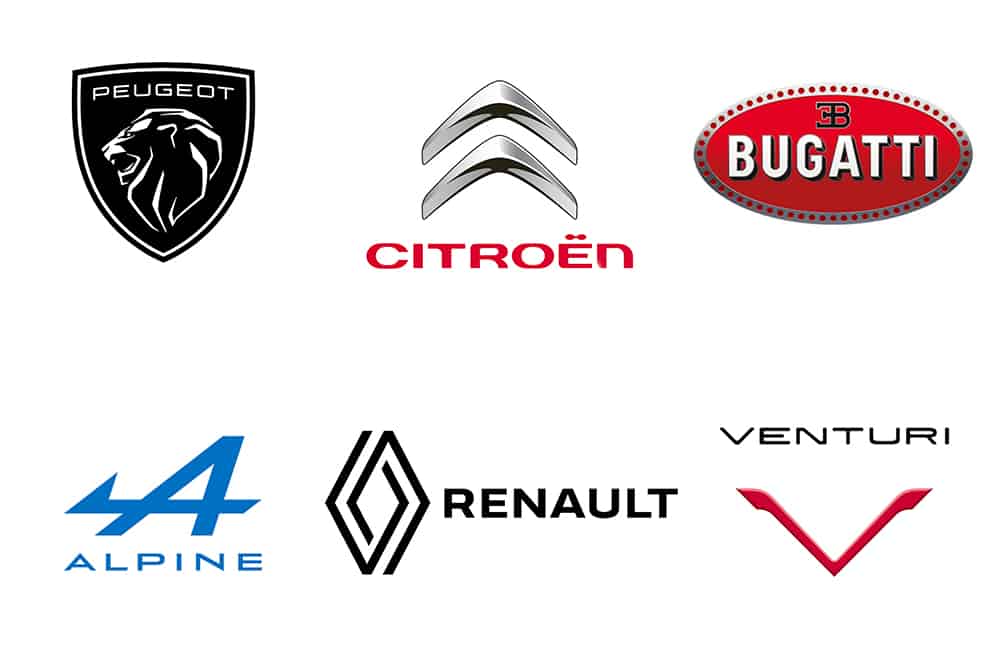
Born out of Citroën’s premium line in 2014, DS Automobiles stands as the clearest modern torchbearer for French luxury. Its mission is to embody the spirit of the original Citroën DS – avant-garde design, unparalleled comfort, and cutting-edge technology – for the 21st century.
- Philosophy: DS positions itself as a brand of "French art of travel," emphasizing craftsmanship, attention to detail, and a distinct aesthetic that blends Parisian elegance with innovative technology. Their designs are characterized by sculptural forms, intricate lighting signatures (like the "DS Matrix LED Vision" headlights), and a focus on premium materials.
- Interior Opulence: DS interiors are where the brand truly shines. They are designed as "lounges on wheels," featuring high-quality Nappa leather with "watchstrap" stitching, Alcantara, genuine wood, and metallic accents. Unique details like the "Clous de Paris" guilloche pattern (a traditional watchmaking technique) on switches and the rotatable infotainment screen underscore their dedication to luxury and craftsmanship.
- Comfort & Technology: DS models prioritize ride comfort, often featuring advanced suspension systems like "DS Active Scan Suspension" that uses a camera to anticipate road imperfections and adjust damping in real-time. Modern infotainment systems, comprehensive driver-assistance features, and electrified powertrains (E-Tense models) are integral to their offering.
- Key Models: The DS 7 Crossback (a sophisticated SUV), the DS 4 (a premium compact hatchback), and the flagship DS 9 (a large sedan) showcase the brand’s commitment to diverse luxury segments.
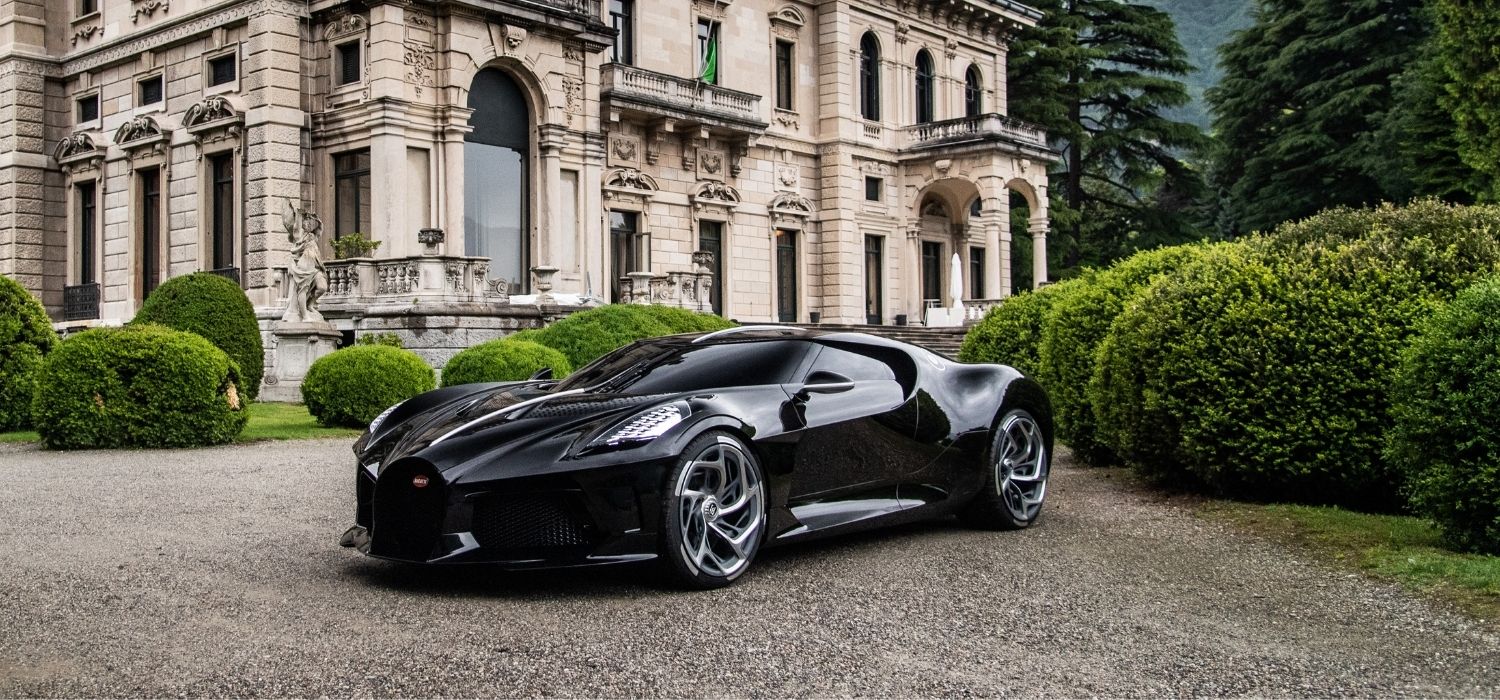
Bugatti: The Pinnacle of Hypercar Exclusivity
Though under the Volkswagen Group’s ownership for decades (and now part of Bugatti Rimac), Bugatti remains quintessentially French in its heritage, design philosophy, and manufacturing location in Molsheim. It occupies the absolute pinnacle of the automotive world, producing ultra-luxury hypercars that are unparalleled in performance, exclusivity, and bespoke craftsmanship.
- Unrivaled Performance: Bugatti vehicles are engineering marvels, powered by colossal W16 engines (the Veyron and Chiron generations) that push boundaries of speed and power, often exceeding 1,000 horsepower.
- Exclusivity & Artistry: Production numbers are extremely limited, ensuring unparalleled exclusivity. Each Bugatti is a bespoke creation, with extensive customization options and a level of hand-finishing akin to fine art. The design marries aerodynamic functionality with a distinctive, recognizable aesthetic that pays homage to Ettore Bugatti’s original vision.
- Key Models: The Veyron redefined the hypercar segment, followed by the even more potent Chiron. Limited-run specials like the Divo, Centodieci, and the unique La Voiture Noire exemplify Bugatti’s commitment to pushing design and performance boundaries for its most discerning clientele.
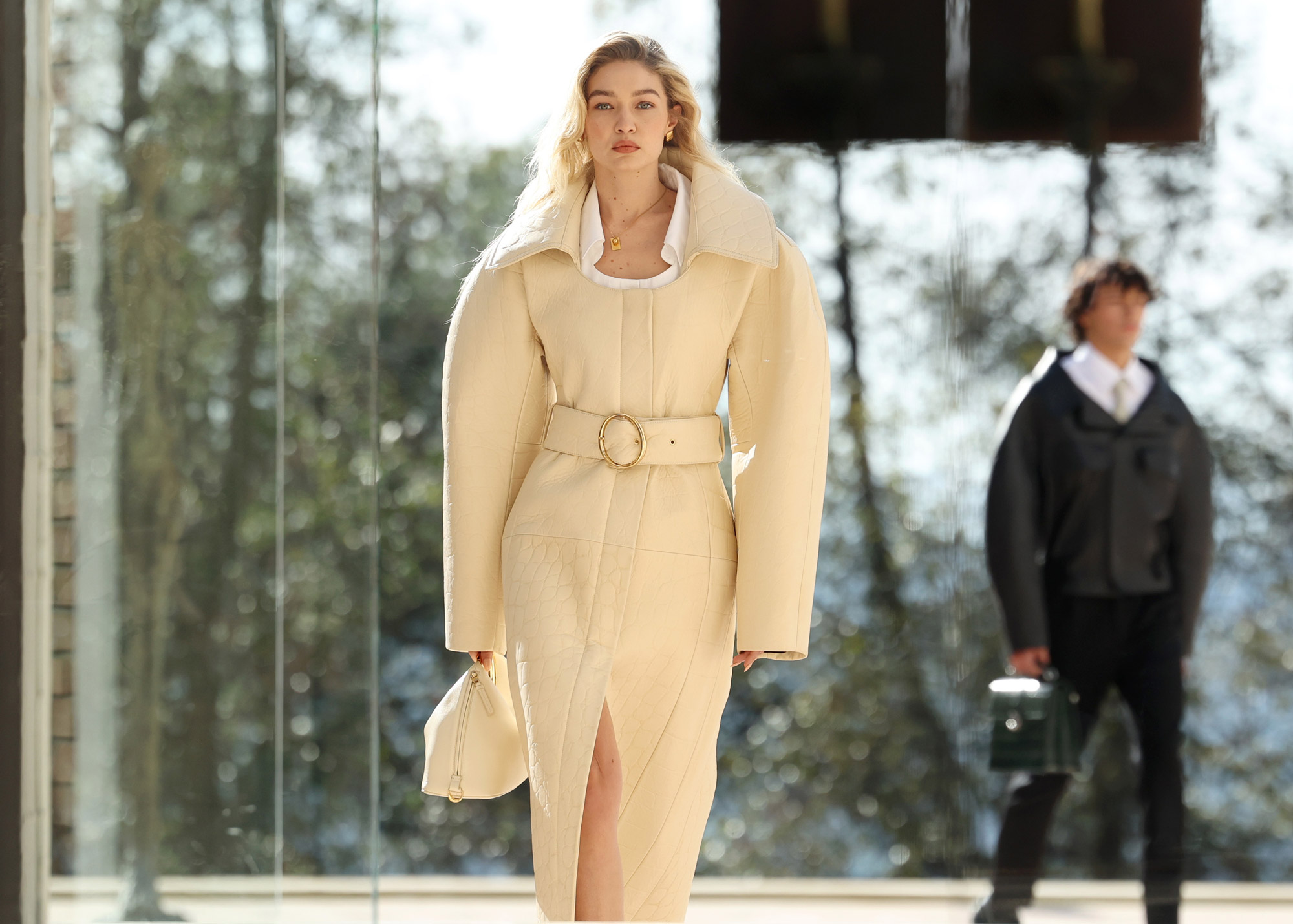
Alpine: Sporting Luxury with French Flair
Reborn by Renault, Alpine represents a different facet of French luxury: performance-oriented sports cars that prioritize lightweight agility, driver engagement, and a distinctive design. While not a traditional "luxury sedan" brand, Alpine’s A110 offers a premium, exclusive experience for enthusiasts.
- Philosophy: Alpine embodies a minimalist, performance-focused approach to luxury. It’s about the purity of driving, a direct connection between car and driver, wrapped in an elegant, retro-inspired yet modern package.
- Design & Driving Dynamics: The Alpine A110 is celebrated for its compact size, lightweight construction, and sublime handling. Its design pays homage to the original A110 rally car, blending heritage with contemporary aesthetics. The interior, while driver-focused, uses high-quality materials like Alcantara and carbon fiber, offering a refined sporting environment.
Renault (Initiale Paris) & Peugeot (GT Line/GT Pack): Mainstream Luxury Aspirations
While not standalone luxury brands, both Renault and Peugeot, as part of the Stellantis group (along with DS), have made significant strides in elevating their mainstream offerings to a premium level, often blurring the lines into accessible luxury.
- Renault Initiale Paris: This is Renault’s top-tier trim level, available on models like the Clio, Captur, Espace, and Koleos. Initiale Paris versions feature enhanced exterior styling, exclusive paint options, premium leather upholstery (often Nappa), advanced comfort features, and the most comprehensive technology suites. They aim to provide a luxurious experience for those who prefer a mainstream brand but desire upscale amenities and comfort.
- Peugeot GT Line/GT Pack: Peugeot has undergone a remarkable design revolution, particularly with its "i-Cockpit" interior concept, which features a small steering wheel and high-mounted digital instrument cluster. Their GT Line and GT Pack trims elevate models like the 3008, 5008, and 508 to a near-premium level with sophisticated designs, high-quality materials, comfortable seating, and advanced technology, positioning them as attractive alternatives in the semi-luxury segment.
The Defining Characteristics of French Luxury Cars
What sets French luxury cars apart from their international rivals? It’s a unique blend of attributes that appeals to a specific sensibility.
- Distinctive Design & Aesthetics: French luxury cars often embrace an "avant-garde" design philosophy. They are less about aggressive posturing and more about sculptural elegance, flowing lines, and subtle sophistication. They aim to be beautiful, thought-provoking, and immediately recognizable, often featuring unique lighting signatures and intricate details.
- Unparalleled Comfort & Ride Quality: The "magic carpet ride" is a hallmark of French luxury. Advanced suspension systems, exceptional soundproofing, and plush, ergonomically designed interiors combine to create a serene and remarkably comfortable driving experience, even on challenging roads. This focus on bien-être (well-being) is paramount.
- Exquisite Craftsmanship & Materials: Attention to detail is paramount. Interiors feature genuine, high-quality materials like full-grain Nappa leather, real wood veneers, brushed aluminum, and Alcantara. Intricate stitching patterns, unique textures, and subtle embellishments elevate the tactile experience, creating an environment that feels handcrafted and special.
- Innovation & Technology: From the pioneering hydropneumatic suspension of the past to modern features like predictive suspension, advanced driver-assistance systems, and sophisticated infotainment interfaces, French luxury brands have consistently pushed technological boundaries, often integrating technology seamlessly into the overall design.
- Exclusivity & Individuality: Unlike mass-produced luxury vehicles, French luxury cars often appeal to those who seek something less common, more unique. Their distinctiveness ensures a certain level of exclusivity, allowing owners to express their individuality without conforming to conventional luxury norms.
Challenges and Opportunities for French Luxury Brands
The path for French luxury car brands is not without its hurdles, but also holds significant promise.
Challenges:
- Established Competition: German powerhouses (Mercedes-Benz, BMW, Audi) and British marques (Rolls-Royce, Bentley, Land Rover) have long dominated the global luxury market, benefiting from strong brand recognition and extensive dealer networks.
- Perception & Brand Image: For some, French brands are still associated primarily with mainstream, practical cars, making it a challenge to shift perceptions towards premium and luxury segments.
- Global Market Penetration: Expanding their footprint beyond Europe, particularly into lucrative markets like North America and Asia, requires substantial investment and strategic marketing.
Opportunities:
- Unique Selling Proposition: Their distinct design language, focus on comfort, and artistic approach to automotive luxury offer a compelling alternative to the more conventional luxury offerings.
- Growing Demand for Individuality: As luxury markets mature, consumers are increasingly seeking products that offer unique experiences and reflect personal style, rather than just brand prestige. This plays directly into the strengths of French luxury.
- Electrification: The shift to electric powertrains provides a level playing field, allowing brands like DS Automobiles to showcase their innovative technology and design without the baggage of traditional engine performance metrics. DS E-Tense models are already making significant inroads.
- Brand Heritage: Leveraging the rich history of French automotive innovation and design, particularly the legacy of Bugatti and the original DS, can resonate with connoisseurs and attract new customers.
Practical Advice and Actionable Insights
For those considering a French luxury car, here are some practical tips:
- Define Your Priorities: Are you seeking ultimate comfort, avant-garde design, cutting-edge technology, or pure driving exhilaration? French luxury offers various facets, so understanding your needs will guide your choice.
- Experience the Difference: Test driving is crucial. The ride quality, interior ambiance, and user interface of French luxury cars often differ significantly from their rivals. Spend time exploring the unique features and ergonomics.
- Research Thoroughly: While less common, information is available. Consult expert reviews, owner forums, and reputable dealerships. Understand the specific features of the models you are interested in, especially the advanced comfort and tech options.
- Consider Maintenance & Support: Investigate the availability of service centers and parts in your region. While major brands like DS have growing networks, it’s wise to ensure convenient support.
- Embrace the Unconventional: Choosing a French luxury car means opting for something distinct. Be prepared to explain your choice to others, and revel in the unique ownership experience it provides. They often offer exceptional value for their level of design, comfort, and technological sophistication.
French Luxury Car Brands: Price Table (Representative Starting Prices)
| Brand | Model (Representative) | Type | Approx. Starting Price (USD / EUR) | Key Characteristic |
|---|---|---|---|---|
| DS Automobiles | DS 4 | Premium Compact | $40,000 / €35,000 | Avant-garde design, plush interior, advanced comfort |
| DS Automobiles | DS 7 Crossback | Luxury SUV | $50,000 / €45,000 | Sophisticated styling, "Active Scan Suspension" |
| DS Automobiles | DS 9 | Luxury Sedan | $60,000 / €55,000 | Flagship comfort, spacious cabin, elegant design |
| Bugatti | Chiron | Hypercar | $3,000,000+ / €2,500,000+ | Extreme performance, ultimate exclusivity, bespoke art |
| Alpine | A110 | Sports Car | $65,000 / €60,000 | Lightweight agility, driver-focused, retro-modern style |
| Renault | Espace Initiale Paris | Premium MPV/SUV | $50,000 / €45,000 | Top-tier comfort, premium materials, family-friendly |
| Peugeot | 508 PSE | Performance Sedan | $70,000 / €65,000 | Sporty luxury, distinctive i-Cockpit, hybrid power |
Note: Prices are approximate starting figures and can vary significantly based on trim, options, region, and market conditions. Bugatti models are often custom-ordered and highly limited, making a "starting price" less relevant than their multi-million-dollar valuation.
Frequently Asked Questions (FAQ) about French Luxury Car Brands
Q1: Are French luxury cars reliable?
A1: Modern French luxury brands, particularly DS Automobiles, benefit from the robust engineering and manufacturing standards of larger automotive groups (Stellantis). While individual reliability can vary by model and maintenance, they generally offer competitive reliability with other premium brands. Owners’ experiences are often positive, especially regarding comfort and unique features.
Q2: Why are French luxury cars less common than German or British ones?
A2: Historically, many French luxury brands faded after WWII due to economic shifts and changing market demands. In recent decades, mainstream French manufacturers focused on mass-market vehicles. Brands like DS Automobiles are relatively new entrants to the dedicated luxury segment and are still building global recognition and market share against well-established rivals.
Q3: What makes French luxury cars unique?
A3: Their uniqueness lies in their distinct design philosophy (avant-garde, sculptural, less aggressive), unparalleled focus on comfort (often called the "magic carpet ride"), meticulous interior craftsmanship with high-quality materials and intricate details, and a pioneering spirit in technology. They offer an alternative to the more conservative or performance-driven luxury offerings.
Q4: Is Bugatti truly a French luxury car brand?
A4: Yes, absolutely. While currently part of a global automotive group (Bugatti Rimac, formed with Rimac Automobili, majority-owned by Porsche), Bugatti’s roots are deeply French. It was founded by Ettore Bugatti in Molsheim, Alsace, France, where its headquarters and manufacturing remain. Its design, philosophy, and heritage are intrinsically linked to French artistry and engineering.
Q5: What is "Initiale Paris" on Renault vehicles?
A5: "Initiale Paris" is Renault’s highest trim level, designed to offer a premium, luxury experience on its mainstream models. These vehicles feature enhanced styling, exclusive paint options, premium materials (like Nappa leather), advanced comfort features, and comprehensive technology packages, aiming to provide an accessible luxury alternative.
Q6: Are there any classic French luxury car brands still active besides Bugatti?
A6: Most of the grand pre-war French luxury marques like Delage, Delahaye, and Talbot-Lago are no longer in production as standalone entities. However, their legacy lives on through classic car collections and specialist restorers. DS Automobiles is the modern spiritual successor to the luxury and innovative spirit of the original Citroën DS.
Concluding Summary
French luxury car brands represent a captivating and distinct segment of the automotive world. From the opulent, handcrafted masterpieces of Bugatti to the avant-garde elegance and unparalleled comfort of DS Automobiles, and the pure driving pleasure of Alpine, these vehicles embody a unique philosophy that prioritizes art, innovation, and well-being. They stand as a testament to France’s enduring commitment to exquisite craftsmanship and sophisticated design.
While challenging the dominance of more established luxury marques, French brands offer a compelling proposition for those who seek individuality, a refined driving experience, and a vehicle that is as much a piece of art as it is a mode of transport. As the automotive industry evolves, French luxury cars are poised to continue carving out their unique niche, reminding us that true luxury is not just about prestige, but about a distinctive blend of passion, innovation, and an unwavering dedication to the art of living.

